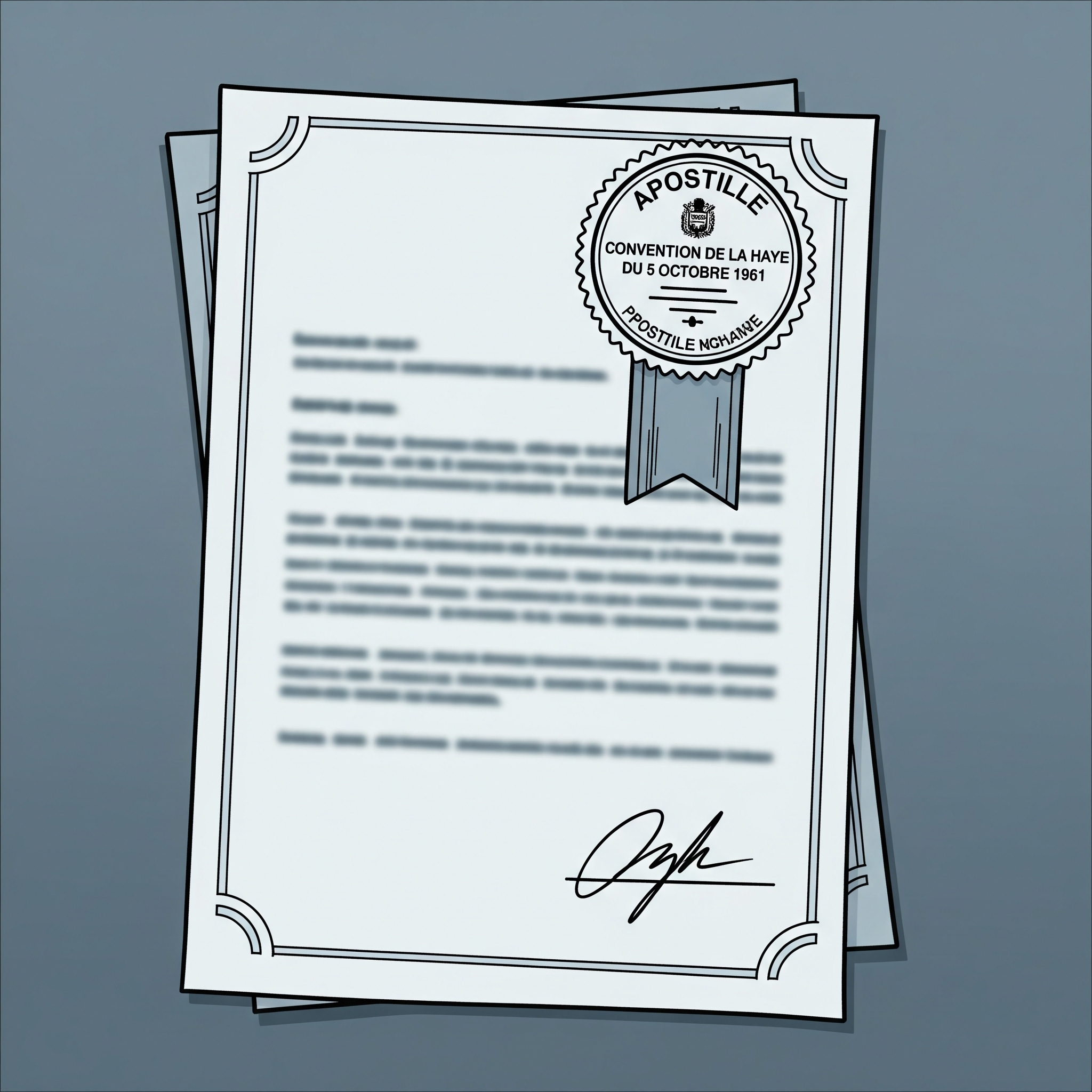Your 2025 Guide to the Hague Apostille
Navigating the complexities of international law can be a daunting task, especially when it involves the verification of public documents across borders. The Apostille system, established by the Hague Convention of 1961, is a critical tool designed to simplify this very process. As we move through 2025, understanding these guidelines is more important than ever for individuals, businesses, and legal professionals engaged in international affairs. This certification streamlines the legalization of documents like birth certificates, court orders, and corporate papers, making them valid in any of the convention’s member states. This guide will delve into the essential aspects of the 2025 Hague Apostille guidelines, covering everything from eligible documents and application methods to the advantages of the system and the procedures required for non-member countries, ensuring your documents are recognized wherever they are needed.
Understanding the Hague Apostille Convention
The Hague Convention Abolishing the Requirement of Legalisation for Foreign Public Documents, commonly known as the Apostille Convention, is a cornerstone of international administrative law. Its primary goal is to simplify the circulation of public documents for use abroad.
What is the Apostille System?
At its core, the Apostille system is a simplified method of “legalizing” documents for universal recognition among member nations. Before the convention, authenticating a document for international use involved a cumbersome, multi-step process called chain legalization, which required seals from various authorities, culminating in legalization by the embassy or consulate of the destination country. The convention replaces this lengthy procedure with a single certification: the apostille certificate. This certificate, issued by a designated Competent Authority in the country where the document originated, verifies the authenticity of the signature, the capacity in which the person signing the document has acted, and, where appropriate, the identity of the seal or stamp which the document bears.
Member States in 2025
The effectiveness of the Apostille Convention relies on its widespread adoption. As of 2025, the network of member states (or Contracting Parties) has grown significantly, encompassing over 120 countries across all continents. This includes major economic powers such as the United States, the United Kingdom, Japan, Germany, Australia, and Russia, as well as a vast number of other nations. The list of members continues to expand as more countries recognize the benefits of this streamlined system. It’s crucial to always verify the current list of members on the official Hague Conference on Private International Law (HCCH) website, as a country’s status can change. This ensures that you use the correct procedure for your specific destination country, avoiding costly delays and potential rejection of your documents.
The 2025 Apostille Process: Documents and Methods
Successfully obtaining an apostille requires understanding which documents are eligible and the correct procedures to follow. The process has been modernized in many jurisdictions, but the fundamental requirements remain consistent.
Documents Eligible for an Apostille
The convention applies to a broad range of public documents. Generally, these fall into four categories: documents from an authority or an official connected with the courts or tribunals of the State, including those from a public prosecutor, a clerk of a court, or a process-server; administrative documents; notarial acts; and official certificates which are placed on documents signed by persons in their private capacity, such as official certificates recording the registration of a document or the fact that it was in existence on a certain date and official and notarial authentications of signatures. Common examples include birth, marriage, and death certificates, diplomas and academic transcripts from public institutions, court orders, patents, and powers of attorney that have been notarized. An Apostille is essential for these records when presenting them for legal matters like international business contracts, overseas residency applications, or foreign court proceedings.
Application Methods and Costs
The procedure for obtaining an apostille is relatively straightforward. First, you must obtain an original or a certified copy of the document from the relevant issuing body. The next step involves submitting this document to the designated Competent Authority in the country of origin. In the United States, for example, this is typically the Secretary of State for state-issued documents and the U.S. Department of State for federal documents. A significant development is the growing adoption of the electronic Apostille Program (e-APP), which allows for the issuance and verification of apostilles in a secure digital format, speeding up the process considerably. The costs can vary widely depending on the jurisdiction, the type of document, and the desired processing speed, ranging from a nominal fee to several hundred dollars for expedited services.
Navigating Document Legalization Beyond the Convention
While the apostille system is a major step forward, it doesn’t cover every country or situation. Understanding its limitations and the alternative processes is vital for anyone dealing with non-member states.
Pros and Cons of the Apostille System
The primary advantage of the Apostille system is its efficiency. It reduces the authentication process to a single step, saving significant time and money compared to traditional chain legalization. Its widespread recognition among over 120 member states provides a standardized, reliable framework for international document exchange. However, its main limitation is that it is only applicable between member states. If the destination country is not a signatory to the convention, an apostille will not be recognized. Furthermore, the system applies only to public documents, so private or commercial documents often require notarization before they can be apostilled, adding an extra step to the process for some users.
Process for Non-Member States (Legalization)
For countries that are not part of the Hague Convention, the traditional method of authentication, known as chain legalization or consular legalization, must be used. This multi-step process is significantly more complex and time-consuming. It typically begins with notarization, followed by certification from a local or county authority (e.g., a county clerk). The document then proceeds to a state-level authority (e.g., the Secretary of State), followed by a national-level department (e.g., the Department of State). The final and most critical step is legalization by the embassy or consulate of the destination country, located within the country where the document originated. Each step incurs a separate fee and processing time, making this a far more burdensome and expensive endeavor.
The Role of Lawyers and Notaries Public
Both lawyers and notaries public play a crucial role in the document authentication process, whether through an Apostille or full legalization. A notary public’s primary function is to verify the identity of signatories and witness the signing of documents to deter fraud. For many documents, notarization is the mandatory first step before an apostille can be issued. A lawyer, on the other hand, can provide comprehensive legal guidance. They can advise on whether an apostille or legalization is required, ensure the document is correctly prepared to meet the legal standards of the destination country, and manage the entire submission process on behalf of a client. Engaging a professional is highly recommended for complex transactions, such as international business mergers or cross-border litigation, to prevent errors that could jeopardize the entire legal matter.
Conclusion
In an increasingly globalized world, the Hague Apostille Convention remains an indispensable mechanism for facilitating international legal and administrative cooperation in 2025. By replacing the archaic chain of legalization with a single, standardized certificate, the system dramatically simplifies the process of verifying public documents for use in foreign countries. This guide has outlined the core components of the process, from identifying member states and eligible documents to understanding the application methods and costs. We have also explored the clear advantages of the Apostille over the cumbersome legalization process required for non-member nations. For individuals and corporations alike, a clear understanding of these guidelines is essential for ensuring smooth cross-border transactions, legal proceedings, and personal affairs. As laws and member lists can evolve, always verify the latest requirements with the relevant Competent Authorities or consult with a legal professional to ensure your documents are prepared correctly, saving you invaluable time and resources.

 WHYFIRM
WHYFIRM